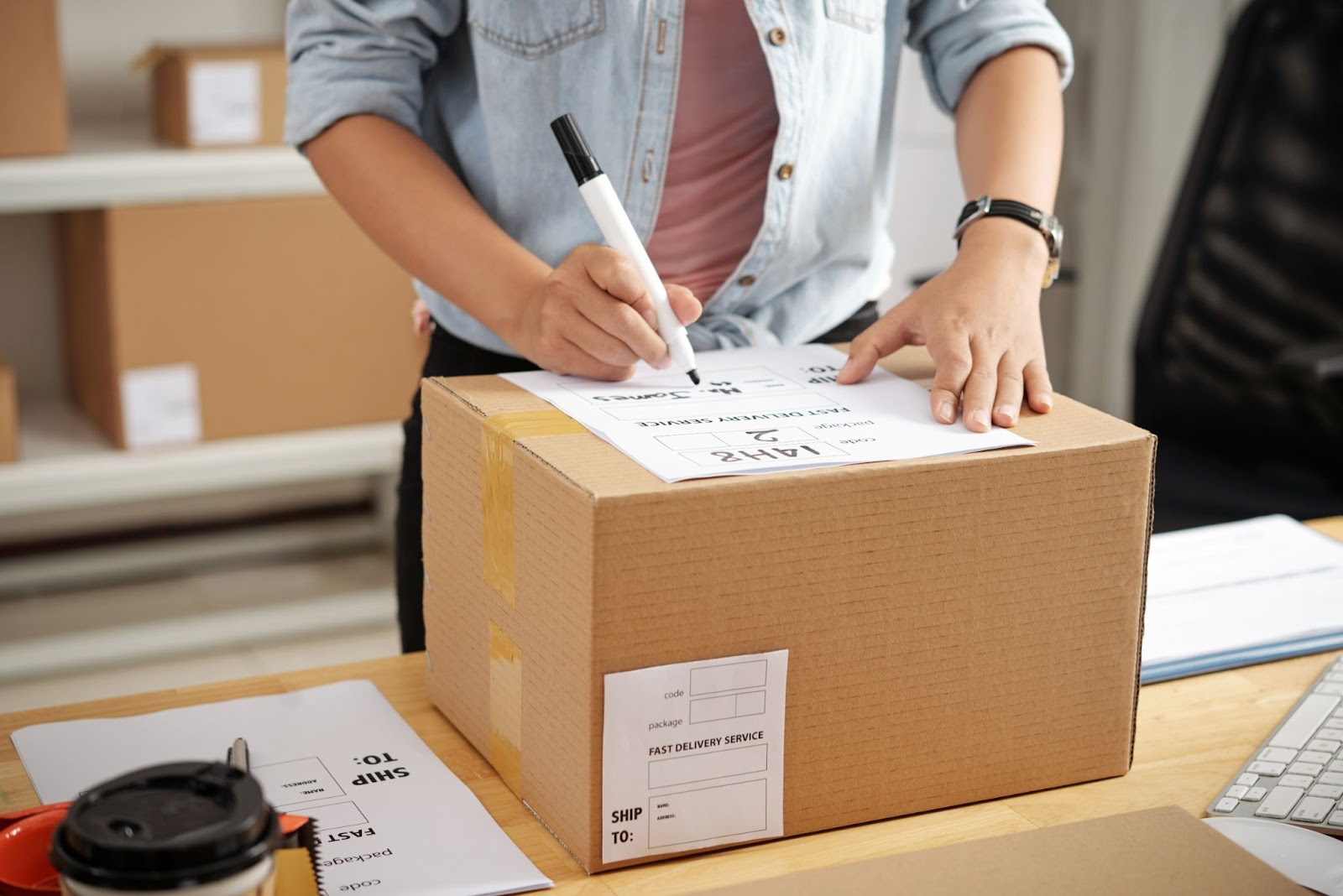
Shopping Online VS Shopping In-store: Which is More Sustainable
Shopping always has a significant environmental footprint, but it increases during holiday seasons. Marketing events like Black Friday and Cyber Monday make people forget about the environment while chasing cheap deals. However, it’s possible to shop with minimal impact on the planet; and we want to help you do that! Here we look at what method of shopping is more eco-friendly; online or offline.
Returns
Online shopping has a 40% return rate, while only 7% of products bought in-store are returned. And the destination of returned items isn’t always clear-cut. While small companies are more likely to put unwanted items back on their shelves, big retailers, like Amazon, don’t want to bother checking, repacking and re-selling returns.
So what happens to these returns? Often big retailers sell returned goods to a liquidation company at reduced prices. That company, in turn, resells goods in pallets, called a “mystery box”. Two electric scooters, an oven, a vacuum cleaner and a blender could all end up in one “mystery box”. The company then sells these on with enough margin to make a profit. But it isn’t always worth the risk—if items are damaged, they go directly to a waste bin.
Equally, a retailer might send a returned product to a recycling facility, landfill, or incineration plant— regardless of its condition.

Wrapping
Online orders require far more packaging than in-store purchases. It’s been estimated that packaging for online orders creates five times more emissions than those from bags consumers typically bring home from the mall. And that’s not including those shoppers who use their own bags.
In many countries, bubble wrap and foam wrap, which are often used to fill free space in a delivery box, are not recyclable. And even if cardboard boxes, plastic bags, and wraps are technically recyclable, often they’re just thrown away after unpacking.
However, some online companies offer customers less packaging or have switched from plastic to paper filling. But it’s impossible to avoid packaging altogether.

Transportation
To understand the footprint of your purchase, count “the cost of the last mile”. This means all the previous steps of product transportation are equal, except the last one; how the purchase gets into your hands. Which can vary a lot.
Courier Delivery
In areas where shops are situated far away from residential districts and public transport is poorly developed, online shopping via courier delivery can be more eco-friendly than shopping in-store. The explanation is easy. When you buy clothes, electronics, toys, or other non-food products, they are packed for you at a warehouse. Hence, they don’t need to send products to a shop. A delivery car stops at dozens of households during the day while you would have come to the store to make only one purchase and then drive back home. In this case, one chunk of transportation emissions is omitted—as estimated by a study which makes this shopping option more sustainable.
However, if you’re out and the parcel can’t be delivered by the courier, the delivery will have to be reattempted—meaning more fuel will be burnt on the repeat journey. Choosing express delivery increases impact further, as with regular deliveries a company can pack a vehicle with more parcels at once.
Shopping In-store
If you go shopping on foot, bicycle, or by public transport, in-store shopping will most likely be a greener option. And even if you do drive to buy something, you will probably make a few stops en route, which divides CO2 emissions between each of the purchases—making the impact of each one smaller.
Parcel Terminals
Parcel terminals are a popular way of delivering online orders. And the cost of your “last mile” will be equal to when you shop in-store—as long as you reach this parcel terminal by any of the previously listed means. In this case it’s up to you to make the journey in an eco-friendly way.

How to Make Any Shopping More Sustainable
As you can see, there are too many variables to say which shopping option—online or in-store—is more sustainable. But don’t despair! You can still use the following tips to minimise your environmental impact.
Firstly, only buy things you really need—overconsumption is problematic no matter how it is delivered. And try to order from local brands; if they don’t have to ship goods from overseas, less transportation and packaging is needed, meaning fewer carbon emissions.
If you shop in-store:
- Take reusable bags with you, and beware that paper bags and compostable plastic bags aren’t better than traditional plastic ones—they aren’t designed to last long;
- If you buy a bag at a shop, reuse it as many times as possible;
- Walk or cycle to the shops whenever possible;
- If you drive, plan your trip carefully with other stops on your way.
If you shop online:
- Order as many items from the same shop as possible. This will reduce packaging and transportation, and hence, use less wrapping and less carbon;
- Choose a low-waste packaging option (if available) or communicate your preference to the seller;
- When buying clothes, don’t order different sizes of the same item. Instead measure yourself carefully to choose the best fit;
- Opt for slower delivery options: this way you allow a company to load the van more effectively;
- If the item you order doesn’t suit you, try to resell it locally or donate it instead of returning it;
- Reuse packaging, or recycle it if you can’t. Your own packaging is better than any single-use one.
***
We hope you found this useful, and are now ready to cut the impact of your shopping—whether online or in-store! Share this article with friends to motivate others to make conscious consumption choices too.
Recent Posts
Let’s Do It Nigeria Announces 2023 World Clean Up Day
Join Us In Our Drive For A Cleaner World
You can also make a huge difference


